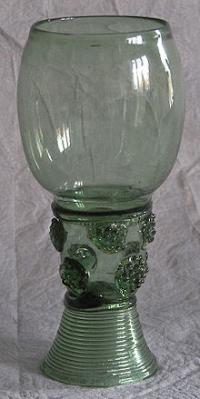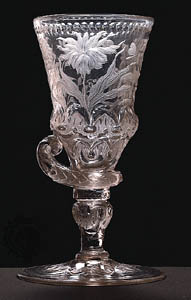Glass and Crystal in Bohemian lands I. - The Roots
Introduction to the Series
Glass and crystal is a phenomenon inseparable from the Czech republic and historic lands of Bohemia. In the series, let’s take a closer look at the origins and history of the industry, we believe there is much for you to discover.
Origins
The art of making glass is present in Bohemian lands since the dark ages in findings of Celtic glass beads. The oldest are from the 3rd century, while the first written records of glass production are from 12th century. The resourceful landscape with plenty of raw materials and deep woods posed ideal conditions for glassmaking.
More advanced forms and techniques developed continuously through the middle ages and peaked during the reign of Charles IV. The Gothic era brought together many elements characteristic for which is known today as „Bohemian style“. The typical production of that era is characterized by toned glass in shades of green, brown and amber. Especially the green-toned glass, called „forest glass“ was highly prized through the Europe – major destinations for Bohemian merchants were Germany, France and Flanders.
Though the Italy has been the traditional centre of the industry for decades (well, centuries), the invention of crystal meant a significant change, at least for a period of time.
Birth of a legend
The birth of Bohemian crystal is marked by the end of 17th century. Count Buquoy, the ruler of Novohradsko lands in south Bohemia invited French glassmakers to imitate cristallo glass, being produced in Venice at that time. Cristallo, which has given name to present day crystal, was thin-walled glass of perfect purity. The Bohemian glassmakers discovered potash combined with chalk creating more stable and harder material with fine optical and physical qualities. The material was easy to cut and engrave, opening ways to new possibilities and more creativity.
Bohemian crystal soon became one of the most sought-for articles. Many export companies and branches were established, not only in important European cities and ports, but also in Asia and South America. The impact was so huge, that many tried to imitate the quality and discover the formula, including the Venetians in 18th century.
See you in the next article brought to you by AYSAN.



